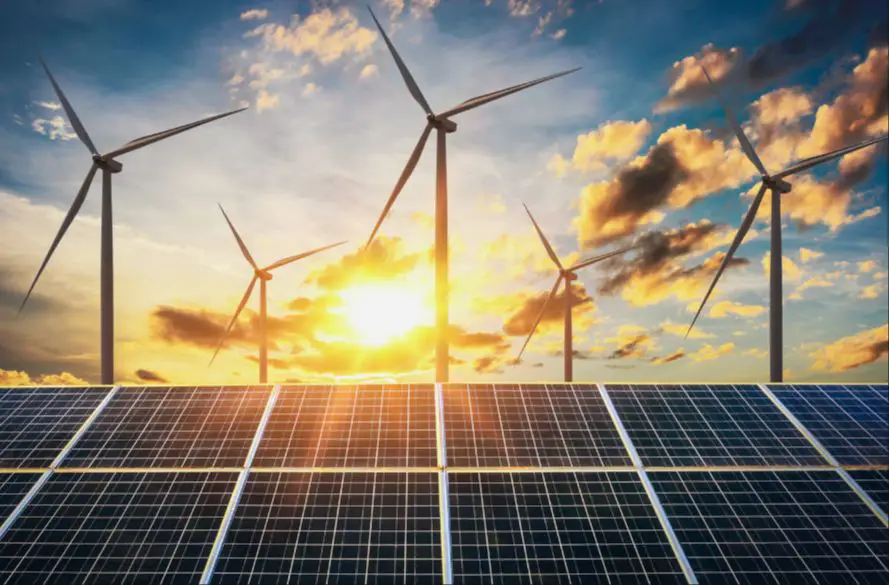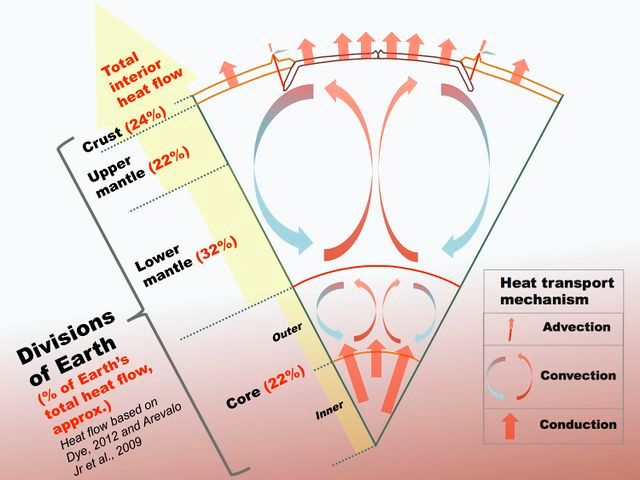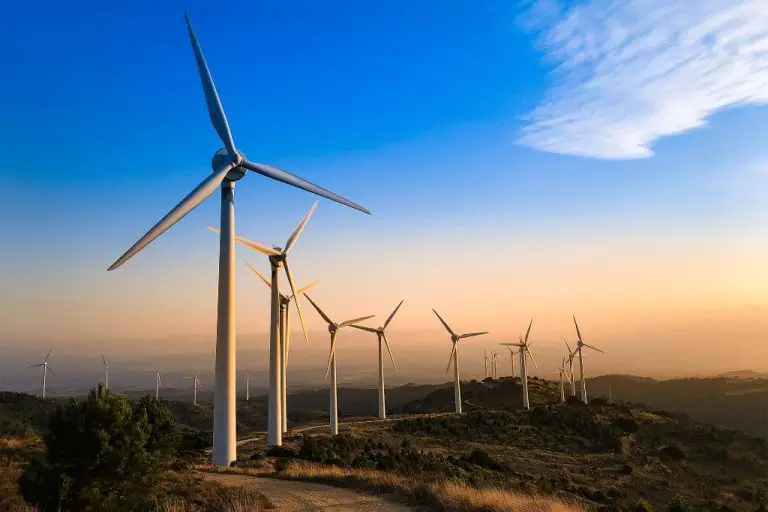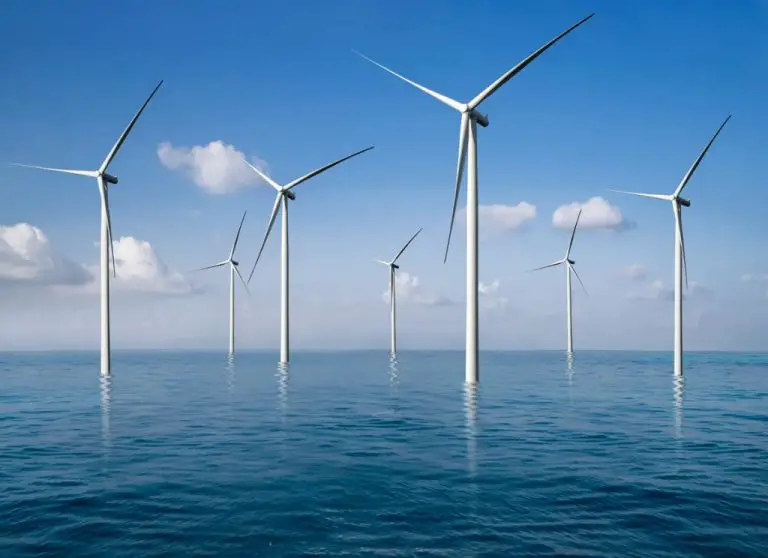Why Is Wind Energy More Environmentally Friendly?

Wind energy is rapidly becoming a key part of the transition to a more sustainable energy system. Wind turbines harness the power of the wind to generate electricity without producing air or water pollution. Wind energy has many environmental benefits that make it a more eco-friendly energy source compared to fossil fuels.
This article will provide an overview of the main reasons why wind energy is more environmentally friendly than conventional sources of energy. It will look at wind energy’s small footprint, zero emissions, ability to reduce greenhouse gases, water conservation, minimal waste, and limited local impacts. The article concludes by examining how switching to wind can also improve public health.
Wind is a renewable resource
Wind is considered a renewable resource because it is naturally replenished and available in unlimited supply. The wind is produced by the sun heating the atmosphere and the rotation of the earth. As long as the sun shines and the earth rotates, wind will be continuously produced and available as a resource for generating electricity. This differentiates wind from fossil fuels like coal, oil, and natural gas, which are finite resources being depleted much faster than they are replenished by geological processes (Why Is Wind a Renewable Resource?).
The fact that wind is renewable gives it a major advantage over fossil fuels. Once fossil fuel reserves are exhausted, they are gone. But the wind will continue blowing as long as the sun and earth persist, providing an endless clean source of energy. This makes wind power sustainable over the very long term, which cannot be said for finite dirty fuels that pollute the environment when burned.
Wind energy has a small land footprint
Wind turbines require a lot smaller land area to produce the same amount of electricity as many other energy sources. The amount of land needed for wind turbines is estimated to be 30-70 times less than the amount of land required for the same amount of energy from coal-fired power plants, according to a study by [Strata](https://docs.wind-watch.org/US-footprints-Strata-2017.pdf).
The footprint of wind farms is minimal as most activities on the land can continue around the turbines. Only a small amount of space is used for access roads and the turbine foundations, which only take up about 2-5% of the total land area of a wind farm. Farmers are able to continue growing crops and raising livestock right up to the base of the turbines.
Wind power has the smallest physical footprint of all energy sources. This makes it an ideal energy source in terms of efficient land use and reducing impacts on natural habitats and species.
Wind turbines emit no air pollution
Unlike fossil fuels, wind turbines do not require combustion to generate electricity. This means that wind energy generation emits no air pollutants like particulate matter, nitrogen oxides, or sulfur dioxide. Burning fossil fuels like coal and natural gas releases these harmful pollutants into the atmosphere, degrading air quality and damaging public health. In contrast, wind power generation is emissions-free. Harnessing wind to produce electricity provides clean, renewable energy without producing any air pollution. Installing more wind turbines displaces fossil fuel power plants, leading to better air quality and respiratory health outcomes.
Wind energy reduces greenhouse gases
One of the main benefits of wind energy is reducing emissions of greenhouse gases that contribute to climate change. Burning fossil fuels like coal and natural gas releases carbon dioxide, a heat-trapping gas that is the primary cause of global warming. Wind turbines generate electricity without producing greenhouse gas emissions. According to the U.S. EPA, wind energy avoids over 200 million metric tons of carbon pollution annually in the United States. That’s equal to eliminating the carbon footprint of over 43 million cars each year.
Wind energy displaces emissions that would have been created by fossil fuel-based electricity generation. Every kilowatt-hour of electricity from wind turbines means one less kilowatt-hour needs to be generated at a fossil fuel-burning power plant. Wind offsets a significant amount of carbon dioxide emissions that would otherwise end up in the atmosphere and intensify climate change impacts.
Wind energy conserves water
Wind energy has an extremely low water footprint compared to conventional sources like coal and nuclear power. According to the National Renewable Energy Laboratory, wind energy uses essentially no water for electricity generation (The Wind/Water Nexus). The U.S. Department of Energy reports that wind power in 2013 reduced power sector water consumption by over 36 billion gallons (Wind Energy Benefits).
The minimal water usage of wind turbines comes from the manufacturing and construction phases. But even the life cycle water consumption of wind energy is 70-99% lower than fossil fuel power plants (Overview of Water Use in Renewable Electricity Generation). Unlike thermal plants, wind turbines don’t require water for cooling or steam generation. This makes wind energy ideal for arid regions and prevents aquifers from being depleted.
Wind turbines have minimal waste
Compared to other energy sources like coal, natural gas, and nuclear, wind turbines generate very little solid waste. The primary waste from wind turbines comes at the end of their 20-30 year lifetimes when the blades need to be disposed of. However, wind turbine blades are almost entirely composite materials that can be recycled to make new blades or other products.
According to research, recycling wind turbine blades through thermal pyrolysis or other chemical means can reduce their carbon footprint by up to 19% compared to landfilling or incineration (source). As recycling methods improve, the waste footprint from wind power will continue to shrink.
In contrast, fossil fuels and nuclear energy produce large volumes of toxic solid and hazardous wastes that must be carefully stored or disposed of to avoid environmental contamination. Waste from coal includes fly ash, bottom ash, and flue gas desulfurization sludge that contains mercury and other heavy metals. Nuclear waste remains dangerously radioactive for thousands of years. The small amount of manageable blade waste from wind power is minuscule in comparison.
Local environmental impacts are small
Modern wind turbines have minimal negative impacts on the local environment compared to other energy sources. Two concerns often raised are noise and effects on wildlife, but improvements in technology have helped minimize both issues.
According to the Department of Energy, noise emitted from wind turbines is generally less than that of road traffic at similar distances (source). Turbine designs have become quieter, and towers are now commonly sited far enough from homes to avoid nuisance noise.
Regarding wildlife, bird and bat deaths do occur at wind facilities, but at a substantially lower rate than other human-related causes. A National Academy of Sciences study found wind turbine collisions account for only 0.003% of human-related bird deaths in the U.S. (source). Proper turbine siting, operation adjustments during migration seasons, and deterrent systems can further reduce risks to birds and bats.
Wind energy improves public health
Wind energy helps reduce respiratory illnesses and deaths caused by air pollution from fossil fuel power plants. According to the Australian Medical Association (Exhibit HA-14), burning fossil fuels for electricity emits pollutants like particulate matter, nitrogen oxides, and sulfur dioxide into the air which can cause asthma attacks, respiratory disease, and premature death. Replacing fossil fuel plants with wind turbines eliminates these harmful emissions and improves respiratory health.
One study found that increasing America’s wind energy capacity by 20% could prevent approximately 12,700 premature deaths over the next 20 years. Wind energy is a clean, renewable source of power that reduces our dependence on polluting fossil fuels. The public health benefits of improved air quality make wind energy an obvious choice for a healthier environment.
Conclusion
In conclusion, wind energy provides significant environmental benefits compared to conventional energy sources like coal and natural gas. Wind is a clean, renewable resource that does not emit air pollutants or greenhouse gases. Wind farms have a small land footprint and do not require mining or drilling operations that can disrupt habitats. While wind turbines can have local impacts on wildlife like birds and bats, these effects are small compared to the air and water pollution caused by fossil fuels. Most importantly, expanding wind energy displaces electricity generation from coal and gas, reducing emissions of sulfur dioxide, nitrogen oxides, particulate matter, mercury, and carbon dioxide. According to the Union of Concerned Scientists, generating 20% of U.S. electricity from wind by 2030 would reduce electric sector greenhouse gas emissions by 25%. Overall, wind energy helps combat climate change, improves public health, conserves water, and maintains a sustainable environment for future generations.




